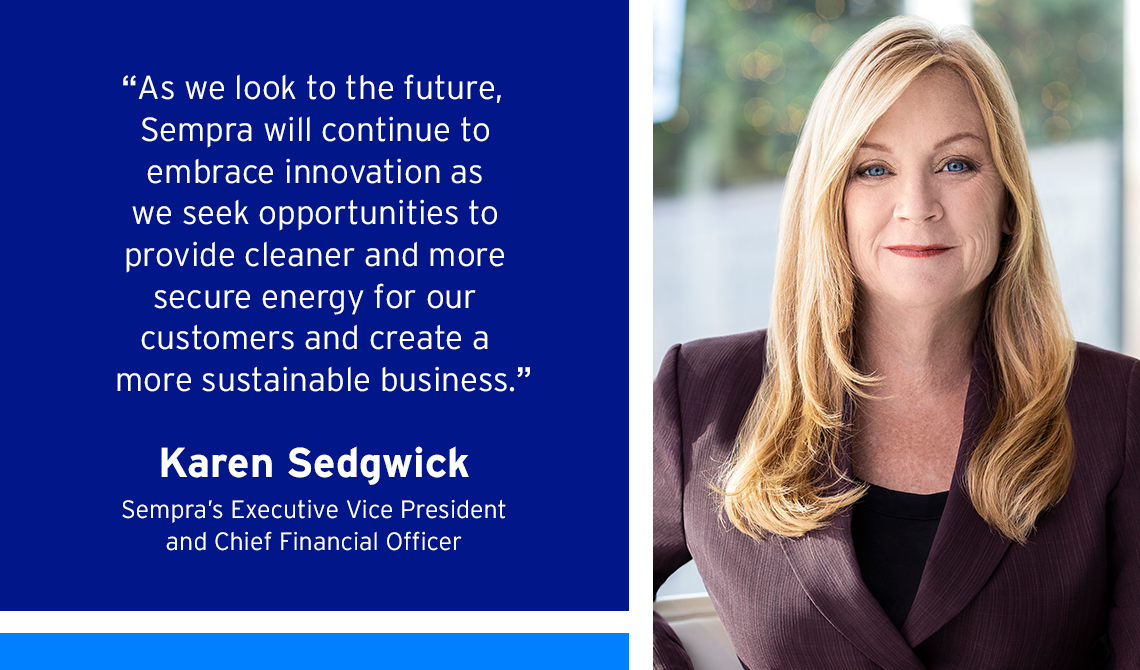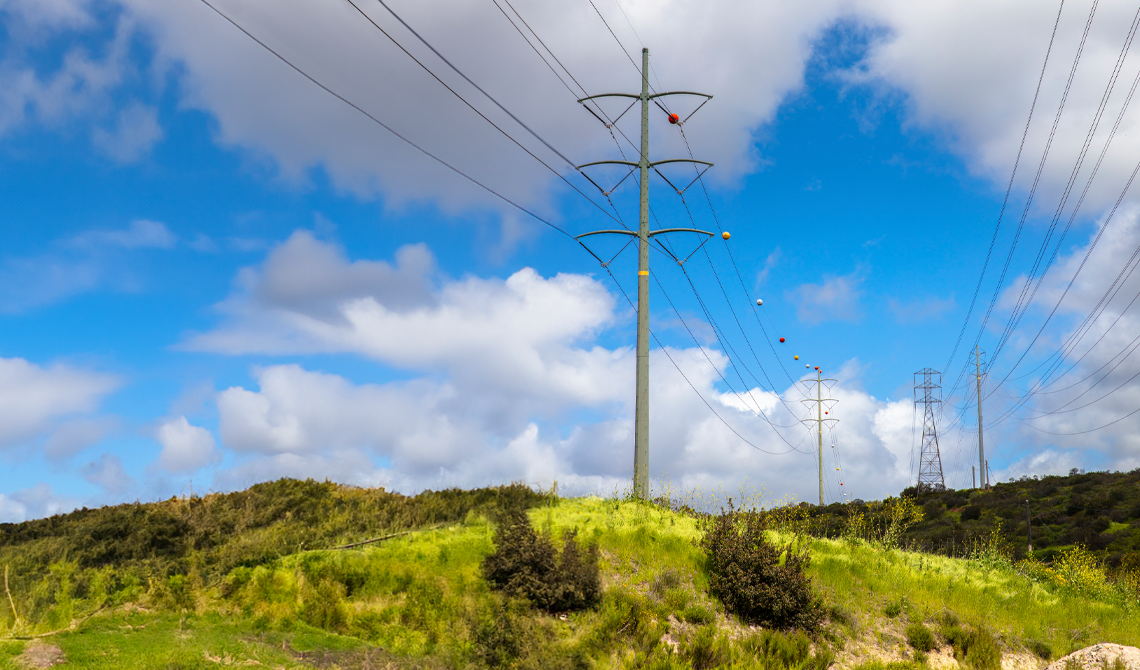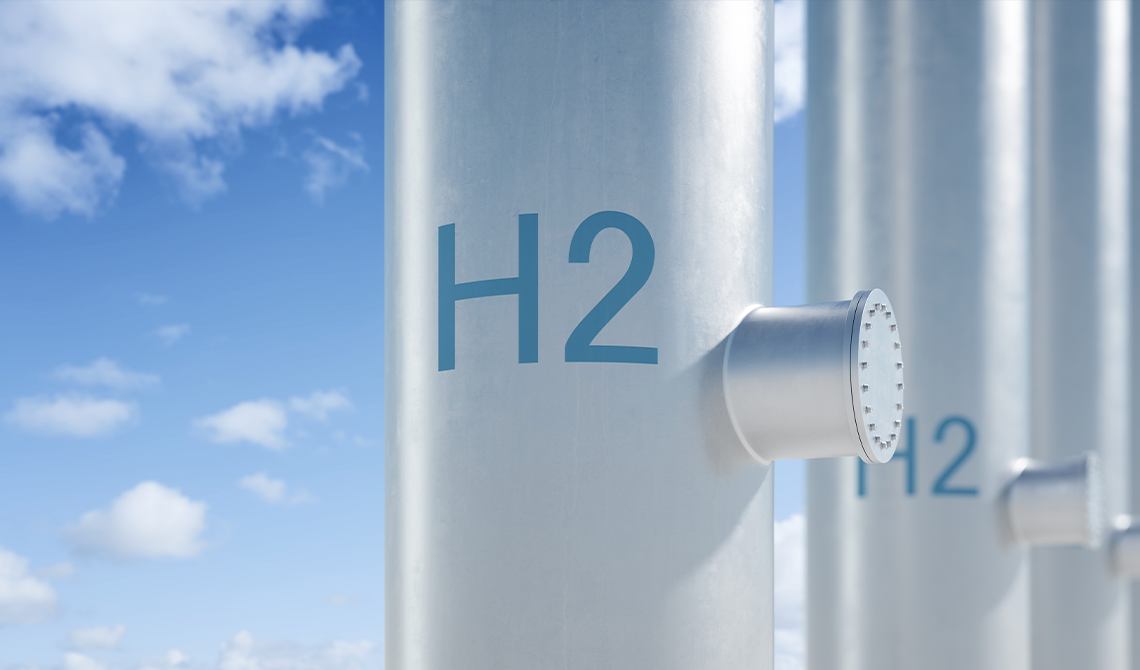Sempra is committed to helping advance the energy transition and a net-zero future through decarbonizing industrial sectors, one of the largest local, national and global polluters. Decarbonizing these sectors means that grids will need to expand, along with zero-carbon electrons and molecules working in tandem.
According to the International Energy Agency, industry — such as manufacturing, refining, steel, chemicals and other heavy polluters — is responsible for consuming 37% of total global energy. This hard-to-abate sector must be prioritized to help meet worldwide goals to mitigate carbon emissions.
Sempra is the owner of one of the biggest energy networks in North America, serving some of the largest economies in the world, including California, Texas and Mexico. Our two California utilities — SoCalGas and San Diego Gas & Electric — serve heavy industry and light industry customers and are working to help these customers improve efficiency and emissions while maintaining reliability and resiliency of power supply.
Reducing emissions in Los Angeles
Los Angeles is one of the largest manufacturing centers in the U.S., according to government data. Major manufacturing sectors include transportation equipment, apparel, fabricated metal products and more. Additionally, over $1 billion worth of goods are transported daily through the ports of Long Beach and Los Angeles, with about 20,000 heavy duty trucks registered to transport containers out of these ports.
Through a partnership with the World Economic Forum, Accenture, the National Renewable Energy Laboratory and the Electric Power Research Institute, SoCalGas is helping identify ways to reduce the carbon emissions of Los Angeles’ industrial sector through:
-
Systemic efficiency and circularity
-
Electrification and renewable heat
-
Hydrogen
-
Carbon capture, utilization and storage
Natural gas infrastructure offers an opportunity to decarbonize sectors that cannot be easily electrified, especially when we consider the future role hydrogen could play in the California energy mix. Hydrogen may be able to leverage electricity and heat from nearby zero-carbon, renewable sources to produce an alternative fuel for hard-to-electrify industrial processes, building heating and transport. SoCalGas’ system — with 100,000 miles of pipeline across 24,000 square miles — is well-positioned to provide these cleaner molecules to California industry. SoCalGas is pursuing research on multiple fronts to gain information and experience to advance the transition to green hydrogen.
Through this work, the Sempra family of companies is helping solve some of the world’s most serious sustainability challenges and helping advance a better future for all.









